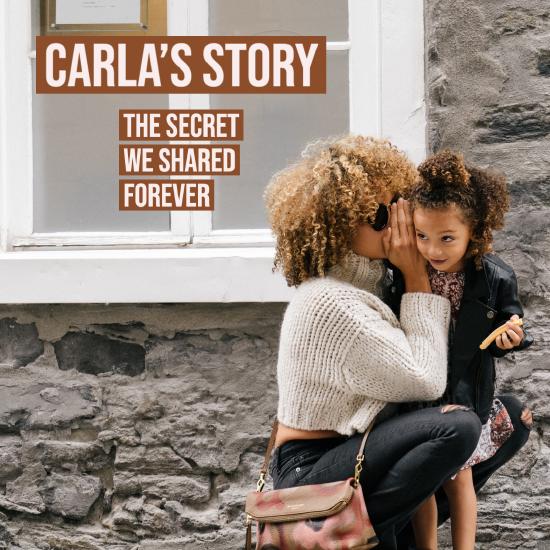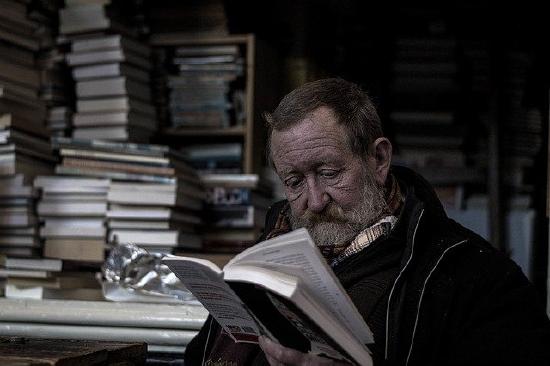5.2: The Film Proposal
- Page ID
- 123413
The Film Proposal is The Mega Document
The business plan and the production plan are often combined into one mega document which is the film proposal. The film proposal will give an actor, crew member, or potential investor the full scope of the project. For the serious video project you could include:
- Proposed budget
- Synopsis (logline, pitch, treatment)
- Screenplay
- Mood Board
- Storyboard
- Cast list
- Crew list
- Target audience
- Marketing
- List of investors
- Distribution
- Return on investment (ROI) statement
Much of these points have been covered in previous chapters so I will define a couple of the new terms.
Mood Board
Most of preproduction involves many printed words on many pages. Video, though, is a visual medium. Your film proposal will need to address the visual elements for others to understand your vision. This is where the mood board comes in. The mood board conveys the look of your film. It can help define what the characters look like, where the locations are, what kinds of props and wardrobes are needed. Producers can go to locations and compile images to populate the film proposal, or they can simply cut out pictures from magazines that will give someone the look you are trying for.
There are also online tools, many free, that can simply be utilized. As an example (this is not a real movie), here is an image I created in under 10 minutes from a free account of Adobe Express:

This quick picture says much in a very little space. It gives others an idea of what my characters will look like, a bit of the kind of story, and the contemporary space where the film takes place.
To get a sense of the other characters, possibly the male lead:

Maybe there is a scene in a bookstore with an older gentleman:

As you put these pictures together, potential actors, investors, and crew get a better idea of your vision for the final look.
The same thing works for locations. Find free images or go out and shoot the actual locations:

Rob Legato creates movie effects so good they (sometimes) trump the real thing. In this warm and funny talk, he shares his vision for enhancing reality on-screen in movies like Apollo 13, Titanic and Hugo.
Mood boards help a creative team to work on unifying their ideas. They can transmit the producer’s intent and mood of the film to their creative partners. The following summary paragraph comes from a scholarly article about the use of mood boards in perfume development. It is easy to imagine the same process in film production. A study in the scientific journal Science Direct* shows that mood boards were effective in establishing a point of reference between creative partners.
"The mood board is created in the first month of the process, beginning with the creative director's initial insight into the product's theme. It supports coordination via processes of a.) setting the scene, b.) directing activities & aligning sub-products, and c.) establishing a point of reference. It provides creative freedom via a.) leaving room for interpretation, b.) providing a source of inspiration, and c.) allowing self-expression and signature style." (CC BY-NC-ND 4.0; Visual organizing: Balancing coordination and creative freedom via mood boards - ScienceDirect)
Early in a production the mood board sets the scene, introduces character types, and helps to establish a point of reference of the elements of production. The film creatives can begin to mold the look of a picture based on these initial visualized ideas of the director or producer.
Target Audience
Identifying the audience which will be most interested in your film helps to focus the film proposal. Your horror film may not appeal to a couple on a romantic date. Your film will fit in a niche and so you need to seek out that audience. When made, your film will be marketed to your target audience. It connects your viewers to your message.
You need a niched-dedicated and excited group of film fans. Your mailing list needs to be interactive so that fans can start a conversation with you.
Once your script is written, try and define the best audience to bring it to. There are people who consume many different genres of film, but will your film mostly appeal to:
- Men, women, or other gender
- A particular age group
- Their level of education
- The subject matter of your film
Marketing
Once your film is made, how will you promote it? In preproduction, you may have had an idea of why you were making the film: to satisfy a school project, enter it in film competitions, or try and get a distribution deal with a movie company. Interested parties in your film will want to know what kind of support you plan for the film’s distribution. A good place to start is creating a movie poster. This is mandatory if you will enter film festivals (discussed in section 5.7), and will need to be in a portrait style format and not the usual film landscape format. Social Media, websites, and trailers all will help market your film in an inexpensive way.
Distribution
Distribution defines how your film will get out to an audience. Likely it will be on-line as well as shown in film festivals. Few low budget films make it to commercial theaters or on television but even this distribution is possible. Later is this chapter we will cover film festivals - other forms of distribution will be covered in Chapter 17.
Return on Investment
Part of the reason someone invested in your film was to see it succeed in some fashion. Many times there is a financial gain. Independent films rarely make any money and usually lose money. On Hollywood big-budgeted films, the Return on Investment (ROI) is referred to as “box office”. The true returns on these features are difficult, if not impossible, to decipher because of an opaque studio system. Some studios will pump up the profit they make on films to help their marketing (if a movie makes a zillion dollars, then maybe I should see it too) - or a feature will seem to lose money so there are seemingly less profits to split with investors.
Another kind of return on investment is the filmmaker’s reputation. When a director makes a successful film, people will want to follow their career. For the beginning film student, getting the technical details right will position them for future features with increased backing from investors.
*(CC BY-NC-ND 4.0; Visual organizing: Balancing coordination and creative freedom via mood boards - ScienceDirect)


